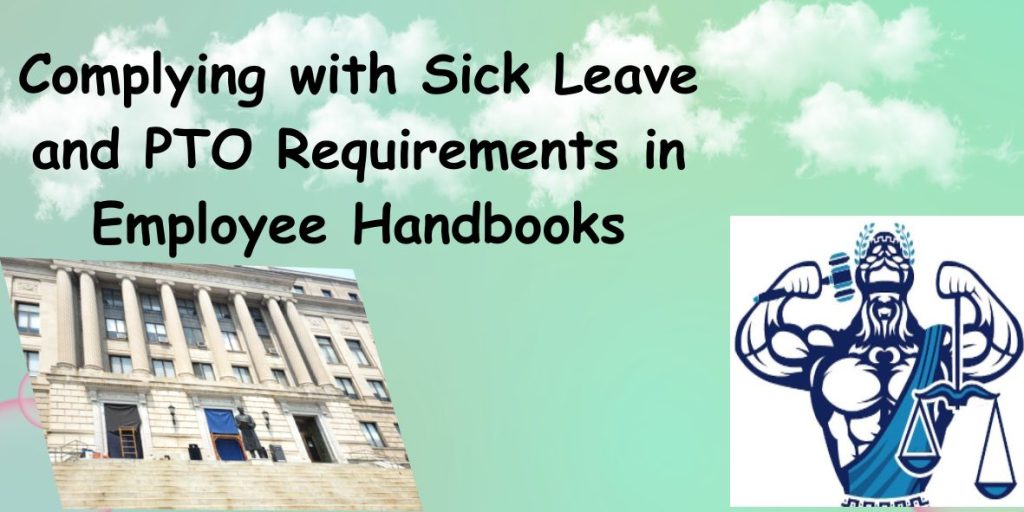Here at the Law Office of Vincent Miletti, Esq. and the home of the #UnusuallyMotivated movement, we take pride as a resilient and dependable legal services firm, providing such services in both a traditional and online, web-based environment. With mastered specialization in areas such as Employment and Labor Law, Intellectual Property (IP) (trademark, copyright, patent), Entertainment Law, and e-Commerce (Supply Chain, Distribution, Fulfillment, Standard Legal & Regulatory), we provide a range of legal services including, but not limited to traditional legal representation (litigation, mediation, arbitration, opinion letters, and advisory), non-litigated business legal representation and legal counsel, and unique, online legal services such as smart forms, mobile training, legal marketing, and development.
Still, here at Miletti Law®, we feel obligated to enlighten, educate, and create awareness about how these issues and many others affect our unusually motivated® readers and/or their businesses. Accordingly, to achieve this goal, we have committed ourselves to create authoritative, trustworthy, & distinctive content. Usually, this content is featured as videos posted on our YouTube Channel https://www.youtube.com/channel/UCtvUryqkkMAJLwrLu2BBt6w and blogs that are published on our website WWW.MILETTILAW.COM. With that, the ball is in your court and you have an effortless obligation to subscribe to the channel and sign up for the Newsletter on the website, which encompasses the best way to ensure that you stay in the loop and feel the positive impact of the knowledge bombs that we drop here!
As the authoritative force in Employment Law, it only seemed right to introduce one of the many upcoming series where we remain persistent in introducing a variety of topics, which will look to not only educate but also deliver in a sense that only Miletti Law® can. In this regard, this blog is Part XII of our series on “Cybersecurity Measures to Protect Employers.” In Part XI, we provided you with a hands-on guide concerning “Assigning Responsibility for Trade Secret Oversight in a Business.” In the blog, we mentioned that an employer might appoint and select an individual or group of people to make such assessments, which, by acting as pillars of implementing reasonable efforts for maintaining trade secrets, empowers the employer to keep the details of their trade secret(s) confidential and secrets. However, we also added that employers should be careful when selecting and deciding the individual(s) who would be entrusted with oversight of their trade secrets. Accordingly, some of the employees who may be the most qualified to make the assessment and evaluations related to what needs protection and how it should best be protected include, but are not limited to those with technical, legal, and business experience, those with access and visibility across the company, and those in senior positions.
Hoping that you are now ahead of the game when it comes to assigning responsibility for trade secret oversight in your business, we now switch gears and focus on another critical issue in this blog and Part XII of the series. As we have mentioned since Part I of this series, the former employee is the main culprit for misappropriating trade secret(s). Under this context, this blog is an overview and a hands-on guide concerning the best practices or steps towards a response plan on trade secret misappropriation resulting from an employee’s misconduct.
That being said, let us dive right in.
Trade Secret Loss/Theft Response Plan: Best Employer Practices
Step 1: Selecting Employees and Assigning them Incident Responsibilities & Roles
It is the sole responsibility of an employer to draft and create a plan on how to respond in the event of trade secret(s) loss and/or theft. Accordingly, employers should select a team of employees and assign them responsibilities and roles concerning their involvement in the response plan. While such a team would facilitate the efficiency of the response plan, it may include or constitute managers, legal counsels, and/or security personnel, among others.
Step 2: Designing Response Plan Protocols
With the primary goal of retrieving all devices, documents, or information they may possess, it is critical to ensure that any potential employee’s remote access to the employer’s network, e-mail, or computer systems has been promptly shut off upon learning of trade secret theft or loss. Through their legal counsel, the employer should then contact the employee involved in the misconduct and demand that they should refrain from disclosing and/or using any information obtained from the trade secret and return, with immediate effect, any of such devices, documents, or files they may have stolen.
After that, the employer may use a demand, desist, and/or cease letter to set forth the applicable statutes the employee may be in violation and/or have violated when they stole/misappropriated the trade secret(s). While it serves as evidence that the employer has taken prompt & reasonable measures to protect its trade secrets, the letter acts as a formal notice the employer is aware that the employee has breached their contractual obligations with the employer. Since courts hesitate in granting ex parte injunctions, this initial contact is essential in the event a court issues a preliminary injunction or a temporary restraining order even without compliance and/or response from the employee.
Step 3: Assessing Whether the Employee Warrants a Preliminary Injunction or a Temporary Restraining Order
Via the advisory of the employer’s legal counsel, employers should assess whether it is appropriate to seek a preliminary injunction or a temporary restraining order. While the immediate and irreparable harm the employer would suffer should the trade secret information be used or disclosed is emphasized, a description of the trade secrets the employee misappropriated would be set forth within the request for a preliminary injunction or temporary restraining order. If granted, the preliminary injunction or temporary restraining order should demonstrate that the balance of hardships tips in favor of the employer and show that the employer has a higher likelihood of succeeding on a trade secret misappropriation claim.
Arguably, the likelihood of succeeding in such legal maneuvers determines whether the legal counsel should also seek a preliminary injunction or temporary restraining order against this former employee. However, depending on the jurisdiction in which they have filed the motion for a preliminary injunction or temporary restraining order, the legal counsel should be prepared to argue the motion within hours of its filing.
In Part XIII, we shall move the discussion forward by hammering on the “Cybersecurity Precautions upon Employee Termination/Resignation.”
Stay tuned for more legal guidance, training, and education. In the interim, if there are any questions or comments, please let us know at the Contact Us page!
Always rising above the bar,
Isaac T.,
Legal Writer & Author.
 314-648-2586
314-648-2586 CALL US NOW
CALL US NOW








